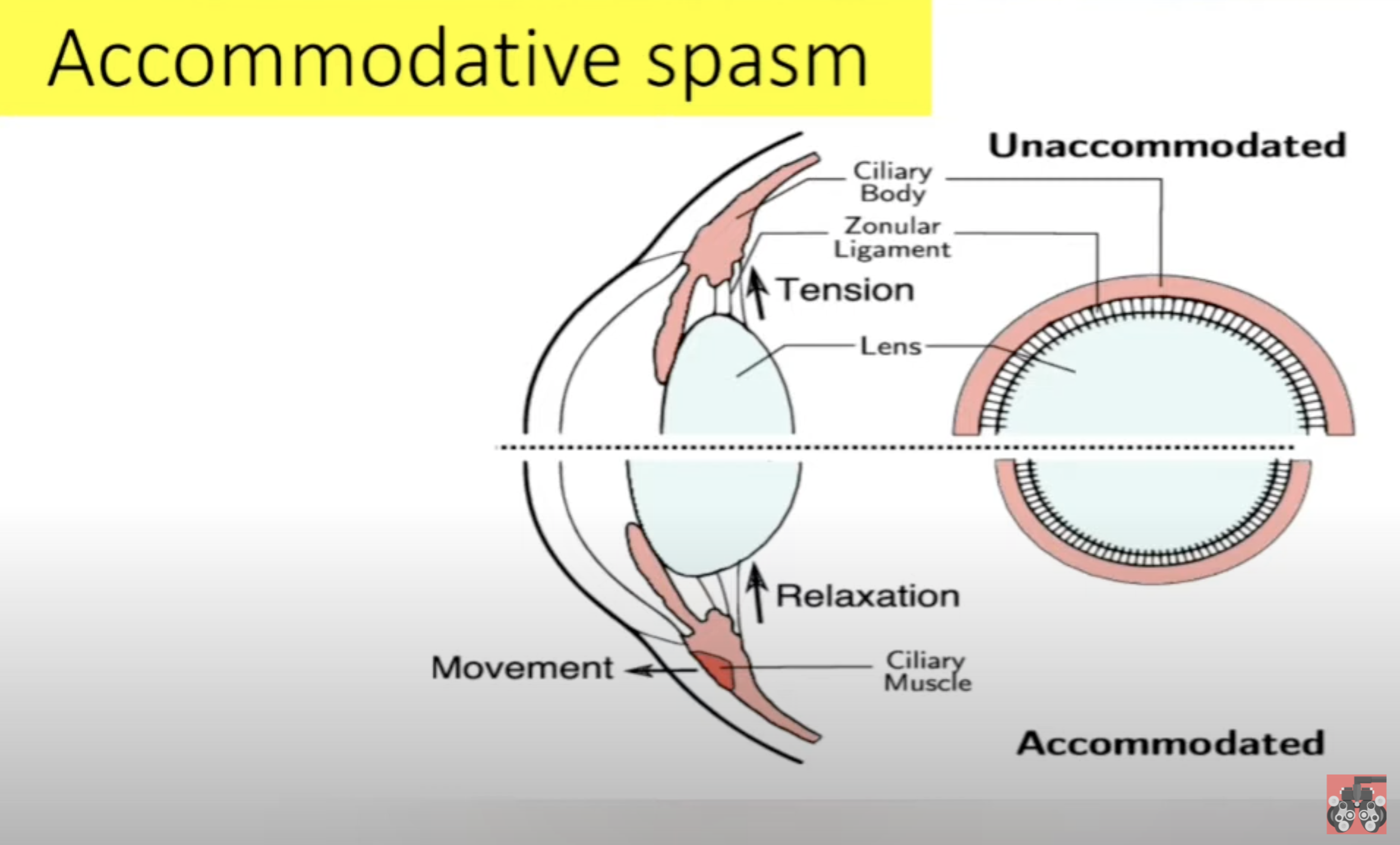 |
| The ubiquity of digital device usage, especially among children, is increasingly taxing the accommodative system and contributing to the rise in myopia cases worldwide. Photo: www.youtube.com/@OptometristLifePKSINHA. Click image to enlarge. |
With nearsightedness on the rise among school-aged children, myopia is of particular concern in China, one of the condition’s epicenters. As rates continue to increase, researchers are looking at various ways to identify and prevent myopia earlier and earlier in children. One study out of the country’s Shangdong province contributed to this by investigating whether pseudomyopia is an independent risk factor for myopia onset.
A total of 2,328 non-myopic children aged four to 17 were recruited from schools in the province and underwent baseline examinations and six-month follow-up appointments. Pseudomyopia was defined as spherical equivalent (SE) of ≤ -0.50D before cycloplegia and >-0.50D after cycloplegia. Myopia was defined as cycloplegic SE of ≤ -0.50D. At the six-month follow-up, 21.1% pseudomyopic eyes developed myopia, while only 3.8% of non-myopic and non-pseudomyopic eyes developed myopia. Pseudomyopia was found to be common in this group, overall existing at a rate of 37.2% among the cohort.
Pseudomyopia was determined to be an independent risk factor for myopia onset after adjusting for myopia risk factors of baseline cycloplegic SE, near work and outdoor time. Higher myopia development risk was also seen with pseudomyopic kids who had more myopic cycloplegic SE, smaller difference between cycloplegic and non-cycloplegic SE and higher binocular amplitude of accommodation.
Although pseudomyopia was determined here as an independent risk factor for myopia development, the study authors urge that “clinicians should envisage that the children, once they are in premyopia status, are at significantly increased risk of developing myopia, and thus all prophylactic measures should be adopted, for example, outdoor time intervention.”
A few prior studies have investigated the relationship between accommodative spasm and myopia. One found that hyperopic kids with more near work–induced transient myopia (NITM) experienced more relative myopic refraction progression. The inferred mechanism of this is to be that the ciliary might induce mild spasm, increasing variability of NITM decay response, resulting in hyperopic children with more NITM having inaccurate accommodative function. Another study found the conflicting result that pseudomyopia was not associated with myopia progression.
However, the authors point out that the current study aimed to clarify if pseudomyopia is associated with myopia onset, not myopia progression. The increased prevalence of the pseudomyopia rate in this research is hypothesized by the authors to be caused by increased near work and electronic device use during homeschooling during the COVID-19 pandemic, as the baseline examinations occurred in September 2020.
Finally, pseudomyopia’s mechanism is explored, thought to represent excessive accommodation or ciliary spasm, either of which could be persistent but not permanent. Along with NITM, myopia onset and progression that happened during COVID lockdowns (potentially related to medium-term accommodative spasms) disappeared with time.
Although future research is needed to fully understand the underlying reasons for the phenomenon, the authors contend that “our study findings provide important evidences that children with pseudomyopia are more likely to develop myopia than those without, indicating a need to identify pseudomyopia and opening up new research questions for the underlying causes.”
Sun W, Yu M, Wu J, et al. Pseudomyopia as an independent risk factor for myopia onset: a prospective cohort study among school-aged children. Br J Ophthalmol. August 4, 2023. [Epub ahead of print]. |

